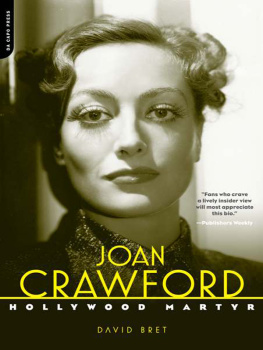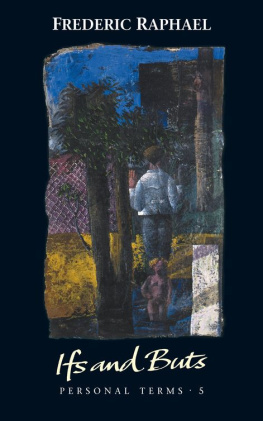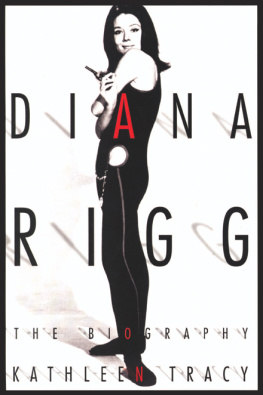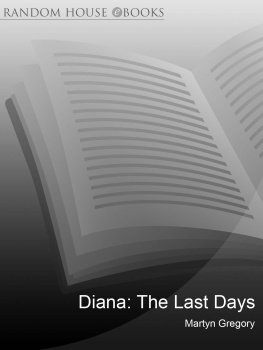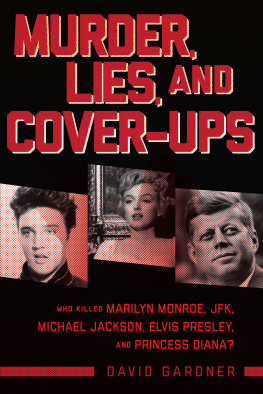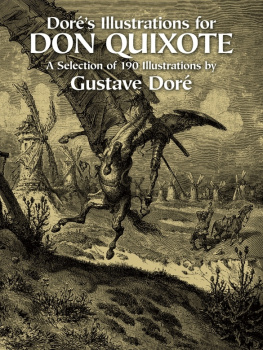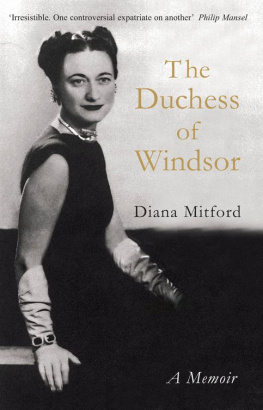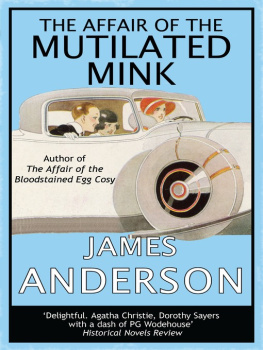DIANA
DORS
Hurricance in Mink
DAVID BRET

Noublie pas
La vie sans amis cest comme
un jardin sans fleurs
This book is dedicated to my friend, la grande chanteuse Barbara (1930-97) who would have been eighty this year.and to Amlia Rodrigues (1920-99) who would have been ninety. My greatest inspirations!
First published in 2010
by JR Books, part of Aurum Press Ltd
7477 White Lion Street, London, N1 9PF
www.aurumpress.co.uk
This ebook edition first published in 2014
Copyright 2010, 2014 David Bret
David Bret has asserted his moral right to be identified as the Author of this Work in accordance with the Copyright Designs and Patents Act 1988.
All rights reserved
This ebook is copyright material and must not be copied, reproduced, transferred, distributed, leased, licensed or publicly performed or used in any way except as specifically permitted in writing by the publishers, as allowed under the terms and conditions under which it was purchased or as strictly permitted by applicable copyright law. Any unauthorised distribution or use of this text may be a direct infringement of the authors and publishers rights, and those responsible may be liable in law accordingly
Picture credits
Hulton Archive/Getty Images, bottom: Hulton Archive/Getty Images
Moviestore collection Ltd/Alamy, bottom: Photos 12/Alamy
Popperfoto/Getty Images
Hulton Archive/Getty Images
Corbis
Corbis, bottom: Topfoto
Hilton Archive/Getty Images, bottom: Trinity Mirror/Mirrorpix/Alamy
Interfoto/Alamy
eBook conversion by Quayside Publishing Group
Digital edition: 978-1-78131-341-1
Softcover edition: 9781-9-0753-210-8
Acknowledgements
Writing this book would not have been possible had it not been for the inspiration, criticisms and love of that select group of individuals who, whether they be in this world or the next, I will always regard as my true family and autre coeur:
Barbara, Irene Bevan, Marlene Dietrich, Ren Chevalier, Axel Dotti, Dorothy Squires and Roger Normand, que vous dormez en paix. Lucette Chevalier, Jacqueline Danno, Hlne Delavault, Tony Griffin, Betty and Grard Garmain, Annick Roux, John and Anne Taylor, Terry Sanderson, Charley Marouani, David and Sally Bolt. Also a very special mention for Amlia Rodrigues, Joey Stefano, those hiboux, fadistas and amis de foutre who happened along the way, and mes enfants perdus. Thanks too to Chris Rogers and Theo Morgan.
And where would I be without Jeremy Robson and the munificent team at JR Books? Likewise my agent Guy Rose and his lovely wife, Alex? Also to my wife, Jeanne, for putting up with my bad moods and for still being the keeper of my soul. And finally a grand chapeau bas to Diana, for having lived it.
David Bret
Contents
Introduction
When I first embarked on my acting career, a piece of advice I repeatedly heard was that one must develop the skin of a rhinoceros in order to survive the terrible notices which inevitably come from the critics, and the dreadful backbiting from other contemporaries in the business.
Diana Dors suffered more than her share of both, not least the indignity of being touted as The British Marilyn Monroe, or The English Bardot unfairly so, because she was no less original than the tragic American beauty, equally charismatic, certainly more down to earth than the French sex-kitten, and many would agree as good an actress as both when given the appropriate material. In Yield to the Night, one of the finest of all the films noir, she proved outstanding as the condemned murderess, a self-effacing performance that went some way towards the abolition of the death sentence in Britain.
When her controversial lifestyle looked like putting paid to her film career, Diana added another string to her bow that of a surprisingly versatile cabaret entertainer and an accomplished jazz singer, though sadly she only got around to recording one album of the genre. Then, as her figure became a little fuller, she developed into an equally gifted character actress. The emphasis was still on sex, though by now she had become adept at self-parody, another facet of her seemingly limitless talent which saw her penning several witty and insightful volumes of memoirs. Diana Dors pulled no fewer punches criticising others than she always had herself: there were no prisoners!
It is of course for her blonde-bombshell image that Diana will be best remembered, and the trappings which went with it: the flashy cars and mansions, the Darnell gowns, the glitzy no-expense-spared all-night shindigs, the sex parties with two-way mirrors through which even her children were permitted to watch the goings-on in the room belowand a trio of abortions.
Then, of course, there were the men. Her first lovers, when she was just 14, were American GIs stationed in her native Swindon during World War II. These early relationships were just for fun, but when fame beckoned, love took on a different meaning. Like her rivals one also thinks of Jayne Mansfield Diana had the unfortunate knack of always choosing the wrong kind of man. After each failed affair, she invariably declared herself the injured party, when almost always she had been the orchestrator of whatever catastrophe had taken place. It was as if the highlight of the romance had been that anticipation of mental and physical suffering. One of her three husbands was a psychopath and serial cheat who beat her black and blue, used her earnings to finance his nefarious activities, and finally succumbed to syphilis, aged just 34. Her celebrity lovers included method actor Rod Steiger and Tommy Yeardye, the co-founder of the Vidal Sassoon empire who accompanied her on location, and promptly went off and had a fling with Rock Hudson. Then there were the pop stars, invariably married, whose lives she turned upside down but who nevertheless enjoyed every moment of the hedonistic lifestyle which continued almost until the very end.
It was only in her later years that she found the happiness for which she had searched her whole life: three sons and a doting husband who, when she died of cancer, mourned her for just five months before taking his own life.
Diana Dors was a national institution. This is her story.
Chapter One
The Swindon Years: Darling of the GIs
Her parentage remains enshrouded in mystery. She was born Diana Mary Fluck on 23 October 1931, at the Haven Nursing Home in Swindon, Wiltshire. The father whose name appears on her birth certificate is Albert Edward Sidney Fluck Bert a former World War I veteran, though in her memoirs, for reasons known only to herself, Diana refers to him as Peter. Bert had served with the Royal Warwickshire Regiment in India, suffered a bout of malaria that had left him with a weak heart, and had been posted to France where he almost lost an eye when an enemy grenade had been tossed into the trench where he was billeted. In peacetime, when not working in the accounts department of Great Western Railways, Bert could be found at his Masonic Lodge where he held the position of Worshipful Master or playing the piano at the local working mens club, or the one at the Swindon Empire. Diana was a so-called black baby, on account of near-suffocation during delivery. Delivered after a 72-hour labour, she had been pronounced dead and removed to an anteroom while doctors had fought to save the life of her 42-year-old mother who, after 13 years of marriage, had long since given up hope of ever having a child. Fortunately, one of the nurses had observed that Diana had still been breathing, and she too had been saved. Bert had been witness to none of this: in his opinion, having babies was a womans job his friends at the Masonic Lodge needed him far more than his wife did.


